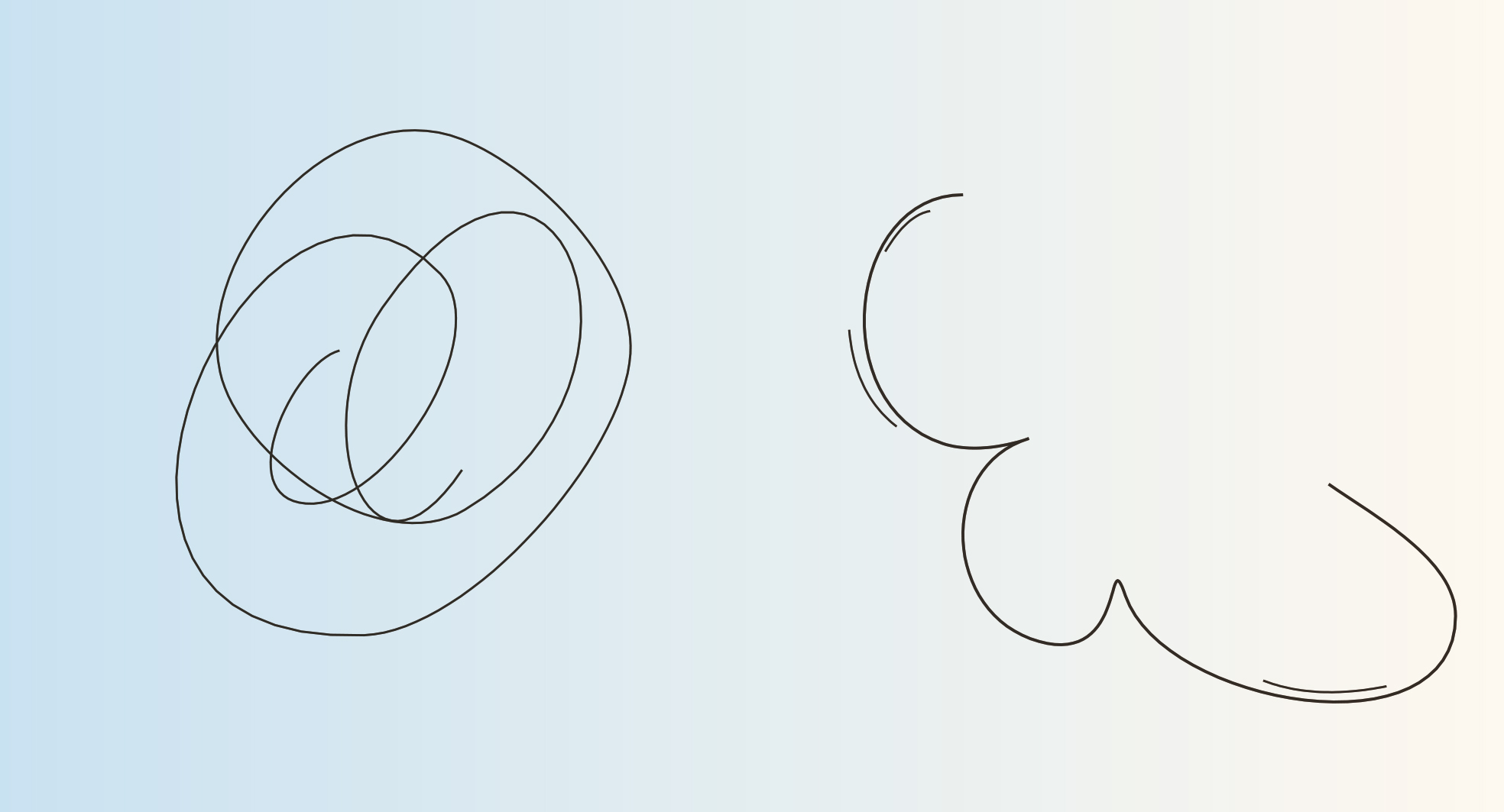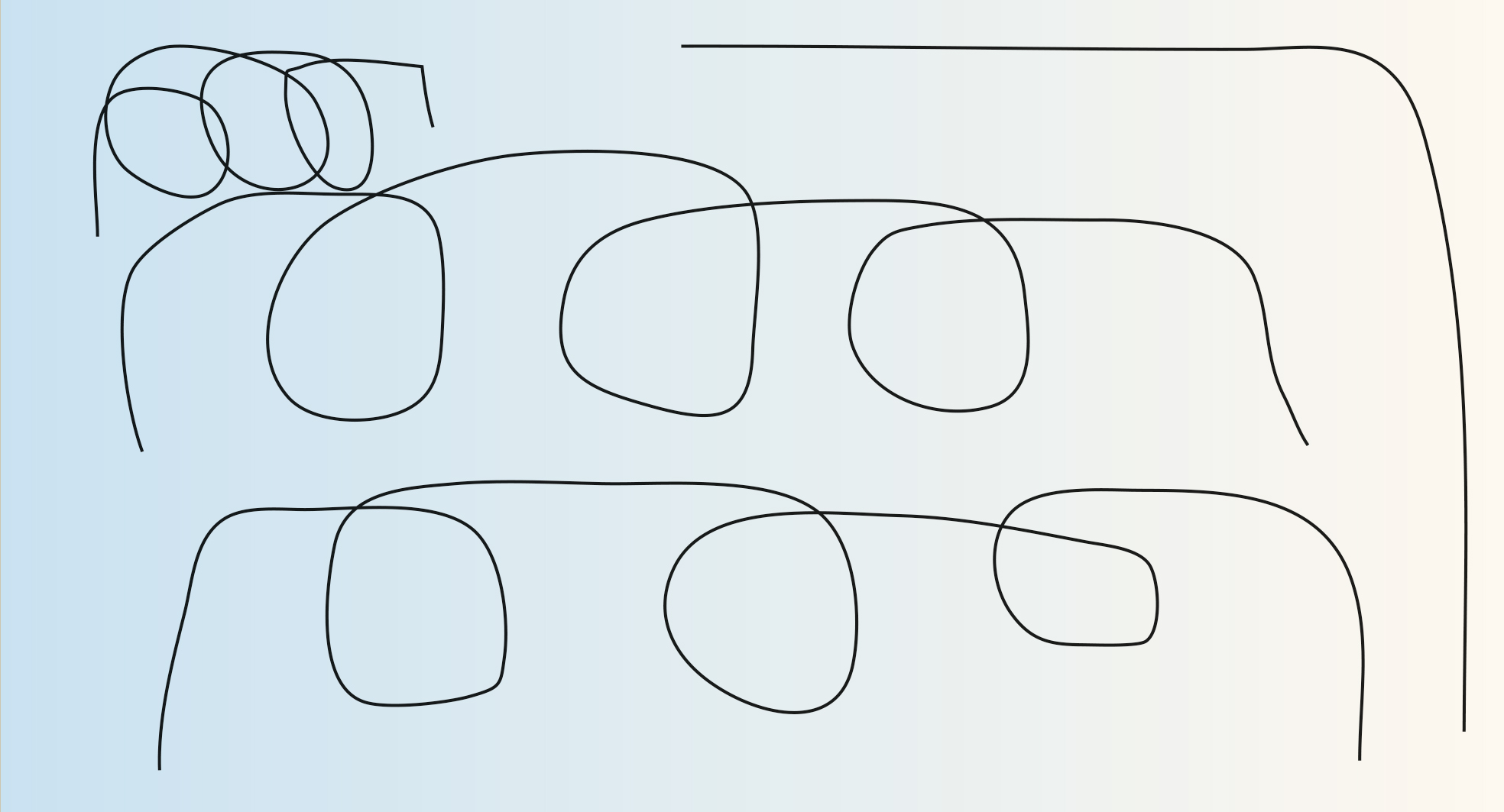Polishing Glass Scratches:
When scratches affect your view
Our expertise in glass restoration covers all types, including float glass, laminated safety glass (VSG), toughened glass (TVG), tempered safety glass (ESG), and polycarbonate glass – from shop windows to windshields. We professionally and efficiently remove glass scratches caused by cleaning, installation, vandalism, or construction work.
The professional solution for all types of glass scratches
Our unique GLASSRESQ process is at the core of our glass restoration services. This dust-free grinding and polishing method ensures, under specific temperature conditions, an almost abrasion-free glass restoration without thinning the glass or creating any mess.
The most common types of glass scratches:
Installation scratches:
Occur when unprotected glass panes are installed – usually visible as straight lines near the retaining strips.
Wiping scratches:
Fine, often circular scratches caused by wet mortar or dirt particles when cleaning untreated surfaces.
Cleaning scratch marks:
Elongated scratches caused by dry or dirty cloths – typical when cleaning fluid is insufficient.
Abrasion marks:
Large, matte abrasion marks caused by transport vibrations or sand particles between glass surfaces.
Glass plane scratches:
Fine abrasions caused by dirty planing tools – occur when processing or adjusting glass.
I want to learn more about it
Please call me at:
Technical assessment of glass damage – because precision makes the difference
Whether installation scratches, scuff marks or chemical leaching:
A precise analysis of the damage pattern is essential for applying our restoration process effectively and safely.
The type, course and location of a defect provide important clues about its origin, the strain on the glass structure and the ideal treatment technique. This ensures that every restoration is carried out efficiently, gently on the material and completely residue-free.
Our process is universally applicable yet precisely adaptable. Depending on the type of damage, we select the appropriate abrasive, the ideal grit and the correct depth of treatment. This enables us to achieve perfect visual restoration even in complex cases – without replacing the glass and without leaving visible traces.
 INSTALLATION SCRATCHES
INSTALLATION SCRATCHES
Typical scratches that occur when glazing beads are nailed in or hammered into place without sufficient protection for the glass. These scratches usually stop just short of the glazing bead and run in the direction of the hammer strike.
 GLASS SCRAPER SCRATCHES
GLASS SCRAPER SCRATCHES
Caution is required when using glass scrapers on the glass surface. If the scraper is damaged or the glass pane is contaminated—allowing small grains of sand to get caught under the blade—fine scratches may result.
 CHIPPING FROM MECHANICAL IMPACT
CHIPPING FROM MECHANICAL IMPACT
Cone-shaped chips can be caused by the impact of small stones on the glass surface, for example during transport. Depending on the angle of impact, they appear either round (from a perpendicular hit) or oval (from an oblique hit).
 CLEANING ABRASIONS
CLEANING ABRASIONS
Damage to the glass surface caused by removing dirt using steel wool or similar abrasive cleaning tools. These scratches follow the direction of cleaning, often revealing shiny spots at the center.
 SMEAR SCRATCHES
SMEAR SCRATCHES
These occur when fresh, uncured mortar or similar substances are smeared across the glass surface. The direction of smearing is clearly visible.
 WIDESPREAD CLEANING SCRATCHES
WIDESPREAD CLEANING SCRATCHES
If glass surfaces are cleaned with too little water and/or a dirty cloth, long scratches can form in line with the cleaning motion.
 ABRASION MARKS
ABRASION MARKS
Vibrations and sudden movements during transport can cause abrasion marks on glass panes if they are not sufficiently separated by spacer pads. The cause is crushed sand grains and/or small stones between the panes, which result in wide scuff marks.
 ANGLE GRINDER SPARK MARKS (FLEX)
ANGLE GRINDER SPARK MARKS (FLEX)
Work with angle grinders near glass panes can cause damage to the glass surface due to flying sparks. The direction of the sparks is clearly visible. Burned-in metal particles can, over time, leave rust stains on the glass as well as cause chipping and small scratches.
Chemical Surface Damage
 WIDESPREAD SURFACE LEACHING
WIDESPREAD SURFACE LEACHING
Constant exposure to and repeated drying of moisture or cement leachates (alkalies), for example from masonry above, cause dull, drop-shaped etching on the glass surface.
 SOFT COATING OXIDATION SPOTS
SOFT COATING OXIDATION SPOTS
Layer oxidations occur due to dirt particles on the glass surface before the coating (soft coatings) or when using aged glass. Over time, the oxidation can spread across the surface within the insulating glass unit (IGU).
 ETCHING STAINS
ETCHING STAINS
Acidic or alkaline substances, mortar, as well as sealing and caulking materials leave stains once cured. These stains have no defined shape and appear dull.
 SLINGSHOT BREAKAGE IN LSG
SLINGSHOT BREAKAGE IN LSG
When laminated safety glass (LSG) is struck by a slingshot, no perforation occurs because the stones do not have enough kinetic energy to penetrate the glass pane. An irregular, cone-shaped break forms, with short radial cracks extending from it. Usually, the side of the glass opposite the impact (behind the interlayer film) remains undamaged.
Chemical Surface Damage
Contact us now
Send us one or more photos of the affected glass surface. We will analyze the damage pattern and get back to you with:
-
a well-founded initial assessment
-
a free quote
-
an individual recommendation for the next steps

